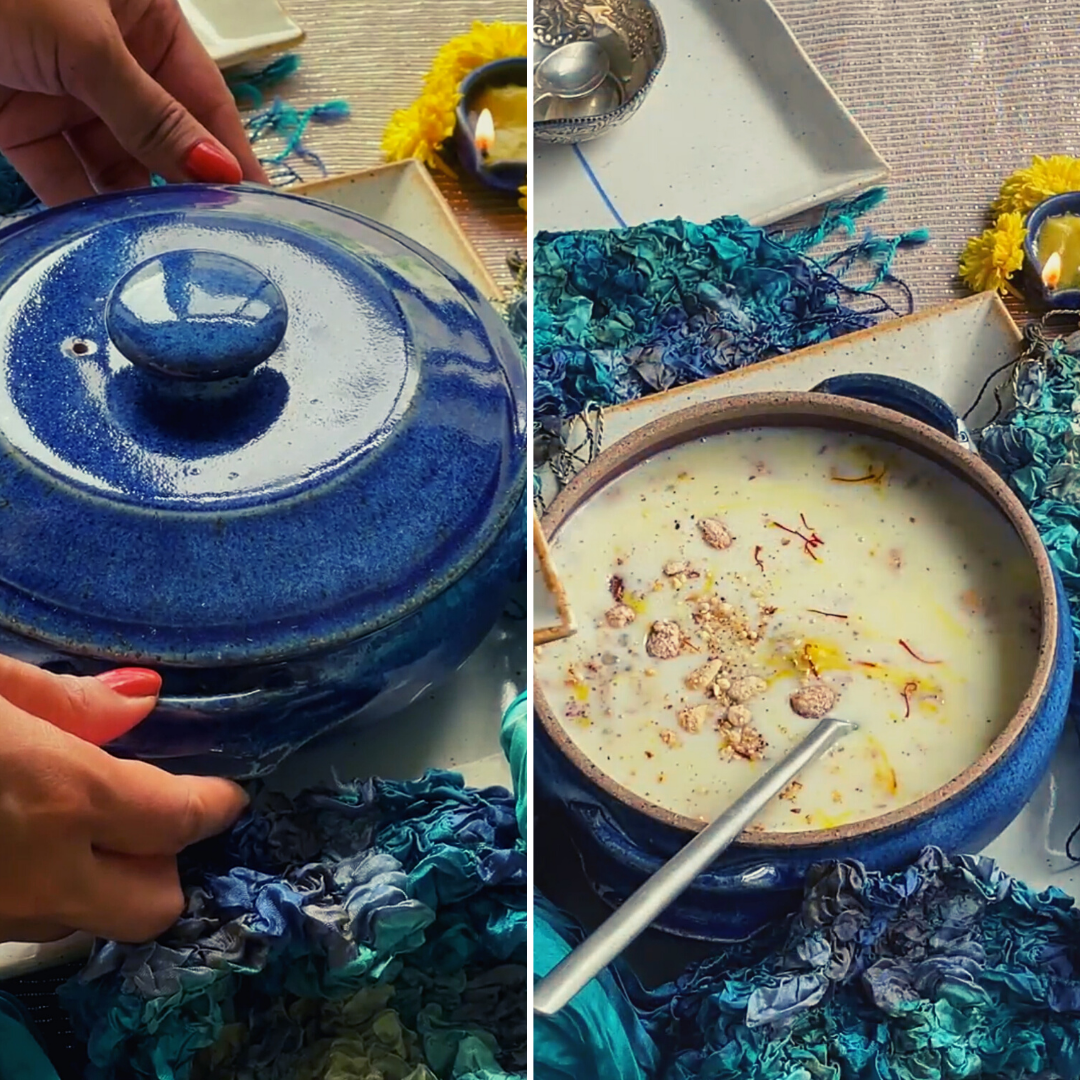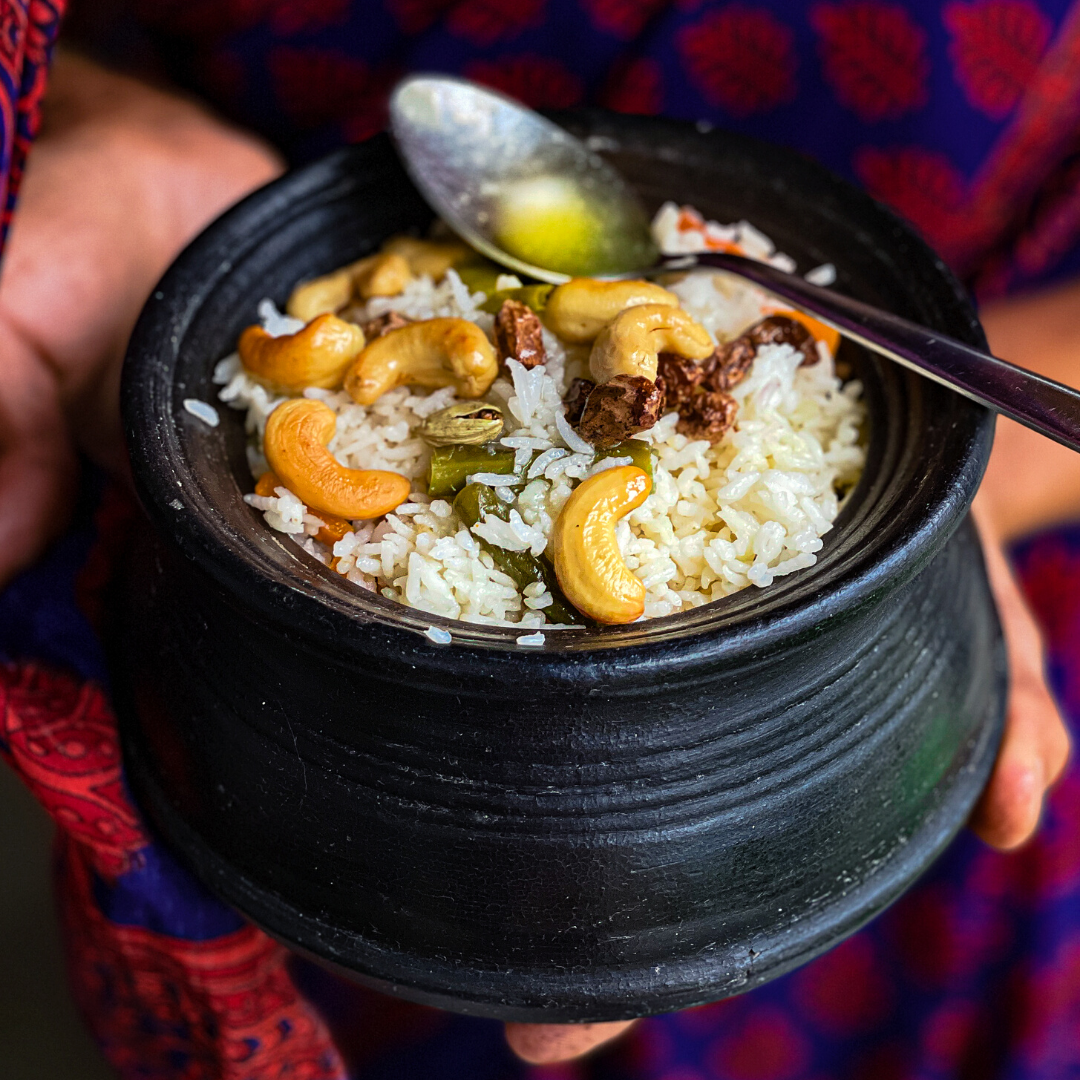This year we bring you a special series #NavaratriWithTBOF - one that is festive and colourful and a 'Culinary Celebration' of the colours of these 9 days of Navaratri! We will bring you ONE DELICIOUS RECIPE every day for these 9 days that will be all about the festive colour for that day.
In India we celebrate 9 forms of the Divine Mother through these 9 days and each day is assigned a colour each year.
#NavaratriWithTBOF - Day 6 Colour - Red
Katyayani - On the 5th day of Navaratri the goddess is worshipped in her fierce form, Katyayani who slayed the demon Mahishasura. She is believed to be born from the anger of all gods and hence is also associated with the colour Red.
The Red colour represents infinite courage, fierceness in action and vigour.
Today's recipe is a really special one!
And if you ask us, we wouldn't know a more fitting, a more magnificent celebration of the colour RED using food.

Paan, or the stuffed betel leaf that is usually had following a heavy meal is a super powerful digestive. The betel leaves used to make the pan are called Tamboola in Sanskrit which is said to be derived from the Sanskrit word Tamra or copper colour. Betel leaves have paramount significance in Indian Culture - always exchanged or presented to guests at festivals, marriages and auspicious occasions. Again, guests are treated as per the 'Athithi Devo Bhava' philosophy.
On the day of Dussehra, betel leaves with the Supari or betel nut is offered to the Goddess Saraswati along with 5 different fruits, haldi, kumkum and flowers to mark the auspicious day of Vijayadashami when all students of Indian Classical Arts perform a Saraswati Pooja and offer dakshina to their teachers and learn something new on this day. Betel leaves are offered to priests and are kept immersed in the Kalash pot in temples along with Tulsi leaves, perhaps due to its purifying properties.

The betel leaf carries immense medicinal attributes. As per Ayurveda they are very effective in relieving persistent cough, clearing hoarseness of voice, fighting bad breath. They also could help in treatments of respiratory disorders, bleeding gums or mouth ulcers and contain immunity boosting properties.
Now limestone, also called Chuna in Hindi is another ingredient that has great significance as per Ayurveda and our ancestors used this in Betel leaves to prepare their after meal stuffings.
When the lime and betel leaf juices react they produce a lush, deep RED colour, again a colour that many ladies wore proudly during the ancient days!
Limestone or calcium carbonate when used appropriately, can exert an antacid (fighting acidity) effect on the stomach, it could help nurture joints and be beneficial for people dealing with disorders related to bone health and calcium depletion. However, limestone started getting misused with people using it with tobacco inside betel leaves and this led to an increase in oral cancer cases and other health issues as well.
Here is a video to make a perfect Paan filling with homemade Gulkand, The TBOF Mukhwas which is our Aai's recipe, cloves or cardamom and just a trace of lime! Check out the video for our after-meal digestive Stuffed Paan Recipe.
This is the wealth of wisdom we treasure - handed down by our Daadis and Naanis. They did not have pharma industry funded research studies to glorify and glamorise their small daily practices, but they believed in indigenous cultural wisdom and led simple, carefree, healthy and 100% sustainable lives.
















1 comment
Shari
Hi! I’ve been reading your blog for some time now and finally
got the bravery to go ahead and give you a shout out from Austin Tx!
Just wanted to say keep up the good job! site
Hi! I’ve been reading your blog for some time now and finally
got the bravery to go ahead and give you a shout out from Austin Tx!
Just wanted to say keep up the good job! site